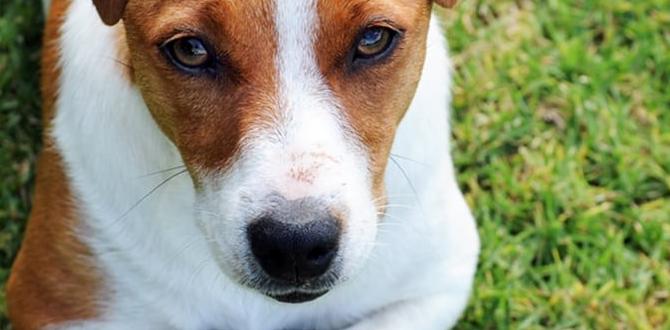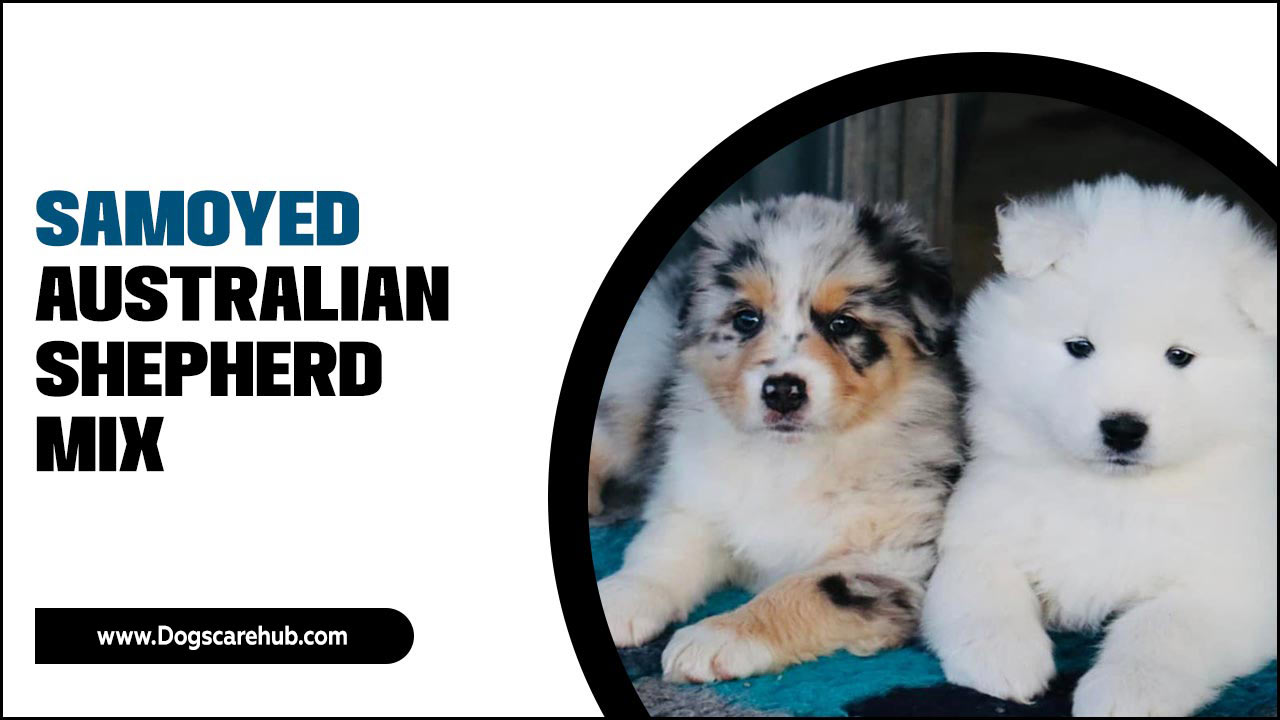Do you have a playful pup that sometimes gets too excited? Many dog owners face this. It’s important to know some dog calming techniques for beginners. Imagine a day when your dog stays calm, even around new people or loud noises. Wouldn’t that be amazing? Let’s explore some easy ways to help your furry friend relax.
Key Takeaways
- Calming dogs needs patience and practice with techniques.
- Exercise can reduce excitement and stress in dogs.
- Creating a safe space helps dogs feel secure and calm.
- Using dog calming techniques for beginners aids training.
- Consistent routines make dogs feel more at ease.
Dog Calming Techniques for Beginners
Figuring out how to calm your dog can feel tough at first. But don’t worry, you can learn simple methods to help your dog relax. Start with giving them regular exercise. Walking, running, or fetch games can release their extra energy. This makes them feel less restless at home. Dogs appreciate routines, so try feeding and walking them at the same time every day. This helps them know what to expect, which can reduce anxiety.
- Exercise daily, like walks or playtime.
- Set a regular feeding schedule.
- Provide a cozy place for rest.
- Play calming music to soothe them.
- Offer chew toys to focus their energy.
Another technique is to create a quiet and comfortable space for your dog. This can be a cozy corner or a special bed. Play soft music to help them relax. Some dogs also love chewing toys. Chewing can be a great way to calm down. Start with these easy steps, and you’ll see changes in your dog’s behavior.
Fun Fact or Stats : Dogs can hear sounds four times farther than humans can!
What Are Calming Signals?
Did you know that dogs use body language to calm themselves? These are called calming signals. For example, when your dog yawns, it might not be tired. It could be trying to calm itself. Dogs also lick their lips or turn away to show they’re not a threat. Watching your dog’s body language can teach you a lot. Try noticing these signals next time your dog seems anxious. Understanding them can help you comfort your pet better.
How Exercise Calms Dogs
Have you ever felt restless when you couldn’t go outside? Dogs feel the same way. Regular exercise is crucial for keeping them calm. Activities like running and playing tire them out. This makes them less likely to jump or bark when guests arrive. Exercise also helps keep your dog’s mind healthy and sharp. A tired dog is a happy dog. Just a short walk every day can make a big difference.
Creating A Safe Space
Imagine having a cozy room just for relaxing. Dogs need this too. A safe space can be a small bed or a quiet corner. It should be away from loud noises and busy areas. When your dog feels scared or tired, this spot will help it relax. Make sure it’s comfortable and full of their favorite things. This way, your dog knows it has a safe place to retreat to.
Importance of Routine for Dogs
Routine can be magical for calming dogs. Just like people, dogs love knowing what comes next. Feeding, walking, and sleeping at the same time each day helps them feel secure. This routine reduces their fear of the unknown. They become less anxious and more relaxed. A relaxed dog is easier to train and happier overall. Start by setting simple daily routines for your dog.
- Feed your dog at the same times daily.
- Plan regular walks and playtime.
- Use predictable commands for training.
- Maintain a consistent sleeping schedule.
- Limit changes in the dog’s environment.
It’s important to stick to the routine as much as possible. While changes can happen, keeping things predictable helps. If you know a change is coming, try to introduce it slowly. This helps your dog adjust better.
Fun Fact or Stats : Dogs have been humans’ companions for over 14,000 years!
Why Routines Work
Have you ever felt uneasy when your plans change suddenly? Dogs feel that too. Routines give them comfort and security. When a dog knows what to expect, it can relax. This leads to less stress and better behavior. Imagine knowing your day will always end with a tasty meal and a cozy bed. That’s how routines help dogs feel safe and secure.
Setting Up A Daily Schedule
Think about what your dog does each day. Meal times, walks, and sleep all go on a schedule. Start by deciding when your dog wakes up. Then, plan exercise and feeding times. Remember, your schedule should be simple. Stick to it as much as you can. This helps your dog understand what will happen throughout the day.
Adjusting Routines
Sometimes, things change and routines need adjusting. Maybe you move to a new house or have a new family member. It’s okay! Introduce changes slowly. Give your dog time to adapt to new things. Stay patient and consistent. If you change the feeding time, move it by a small amount each day. This way, your dog will feel less anxious with the adjustments.
Using Calming Aids
Calming aids can help settle anxious dogs. These tools are useful when other methods need support. There are different types of calming aids available. Some come in the form of sprays, collars, or supplements. They help reduce stress and anxiety. Choose a product that suits your dog’s needs. Always check with a vet before starting new aids. This ensures your dog’s safety and health.
- Calming collars release soothing scents.
- Sprays can be used in your dog’s space.
- Supplements may help reduce anxiety naturally.
- Some music is designed to soothe dogs.
- Consult a vet before using calming aids.
Calming aids are not magic solutions. They work best with other calming techniques. Use them as part of a bigger plan to reduce your dog’s stress. Sometimes, the aid alone isn’t enough, but combined, these methods can do wonders.
Fun Fact or Stats : Dogs have up to 300 million smell receptors! That’s why scents work well.
Understanding Calming Aids
Have you ever tried soothing music to calm down? Calming aids work similarly for dogs. They help ease stress and anxiety. These products are designed to comfort dogs in stressful situations. For example, thunder or fireworks can upset dogs. Calming aids help them feel less scared. Always choose aids that are safe and vet-approved.
Types of Calming Aids
There are many types of calming aids available. Collars release calming scents that calm dogs. Sprays can be used in your house. Supplements are like vitamins that help reduce anxiety. Music designed for dogs can also soothe them. These tools are great for supporting other calming techniques. Choose the one that works best for your dog.
When to Use Calming Aids
Calming aids are helpful when dogs face stressful situations. During fireworks, storms, or long trips, aids provide comfort. They are not a replacement for training but a support tool. Use them in addition to other calming methods. If your dog has anxiety, calming aids might help. Always consider your dog’s unique needs. Monitor their reactions and adjust as needed.
Training Techniques for Calm Dogs
Training your dog can improve their behavior. Consistent, positive training creates calmness in dogs. Start with basic commands like sit, stay, and come. These commands help your dog focus and listen to you. Use treats and praise as rewards. This makes training a fun experience. Positive reinforcement builds trust and makes dogs more eager to learn.
- Start with simple commands like sit, stay, and come.
- Use treats and praise as positive reinforcement.
- Keep training sessions short and fun.
- Consistency is key for successful training.
- Practice in a calm and quiet space.
Patience and consistency are important in training. Dogs learn best when training is short and fun. Over time, they’ll become more responsive and calm. Remember, training is a gradual process. Celebrate small victories and keep going. Your dog will appreciate your efforts and grow calmer with practice.
Fun Fact or Stats : Dogs’ understanding of words is similar to that of a two-year-old child!
Why Training Matters
Imagine trying to learn math without any guidance. Dogs need training to understand what we want. Training helps them know what’s right and wrong. It also builds a strong bond between you and your dog. Proper training leads to better behavior, making dogs calmer in new situations. Training is an important part of dog calming techniques for beginners.
Positive Reinforcement in Training
Have you ever felt good when praised for doing something right? Dogs feel the same way. Positive reinforcement means rewarding good behavior with treats or praise. This encourages dogs to repeat the behavior. It makes training enjoyable and effective. Dogs love pleasing their owners, so positive reinforcement is a wonderful tool.
Effective Training Sessions
Keep training sessions short, around 5 to 10 minutes. This keeps dogs interested and prevents boredom. Use a quiet space free from distractions. Consistency is key, so practice regularly. Always end training on a positive note. This leaves your dog eager for the next session. Remember, training is not just about getting it right. It’s about building trust and communication.
Conclusion
Helping your dog stay calm is a rewarding journey. Using dog calming techniques for beginners can change your dog’s life. Start with exercise and routine. Introduce calming aids if needed. Use positive training to build trust. Remember, patience is key. With practice, your dog will become calmer and happier.
FAQs
Question: What are some easy dog calming techniques for beginners?
Answer: Start with regular exercise and create a safe space. Use consistent routines and consider calming aids. Training with positive reinforcement also helps calm dogs.
Question: How does exercise help calm my dog?
Answer: Exercise releases energy and reduces restlessness. A tired dog is usually calmer. It keeps dogs healthy and happy, making them less likely to misbehave.
Question: Can training help my dog become calmer?
Answer: Yes, training teaches dogs to focus and listen. Positive reinforcement builds trust and makes training fun. Consistent training leads to better behavior and a calmer dog.
Question: What is the best way to use calming aids?
Answer: Use calming aids during stressful situations like storms or trips. Combine them with other calming techniques for best results. Always consult a vet before trying new products.
Question: How do routines help dogs feel secure?
Answer: Routines create predictability, reducing anxiety. Dogs know what to expect, which makes them feel secure and relaxed. This leads to better behavior and overall happiness.
Question: Why are calming signals important to understand?
Answer: Calming signals are your dog’s way of communicating. They show when a dog is trying to calm itself or others. Understanding these signals helps you respond better to your dog’s needs.
Meet Elyse Colburn, the devoted canine companion and storyteller behind the enchanting world of “Tales, Tails, and Adventures Unleashed.” A passionate dog enthusiast with a heart full of paw prints, Elyse Colburn shares heartwarming tales and insightful adventures, celebrating the joy, loyalty, and endless antics that make every dog a true hero. Join Elyse Colburn on this tail-wagging journey, where every post is a love letter to our four-legged friends.








